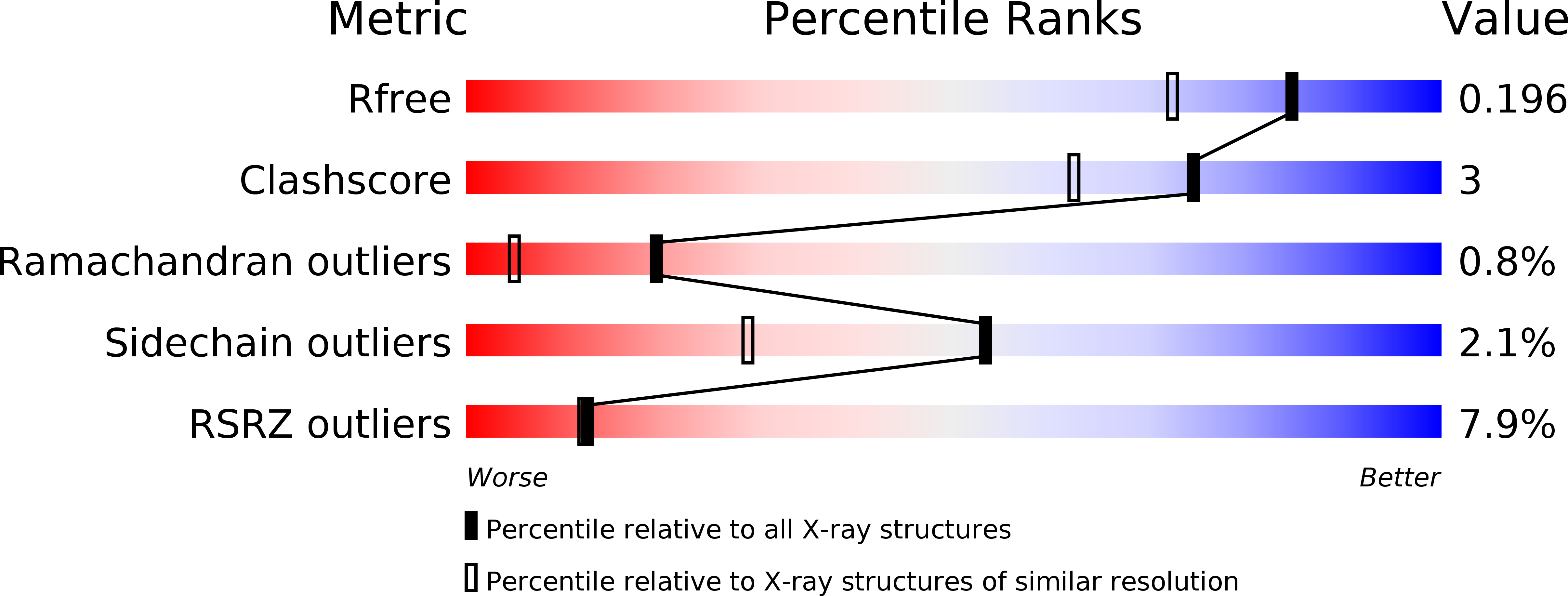
Deposition Date
2016-01-05
Release Date
2016-11-16
Last Version Date
2023-09-27
Entry Detail
PDB ID:
5HEB
Keywords:
Title:
The third PDZ domain from the synaptic protein PSD-95 in complex with a C-terminal peptide derived from CRIPT
Biological Source:
Source Organism:
Rattus norvegicus (Taxon ID: 10116)
Host Organism:
Method Details:
Experimental Method:
Resolution:
1.65 Å
R-Value Free:
0.19
R-Value Work:
0.16
R-Value Observed:
0.16
Space Group:
P 41 3 2


